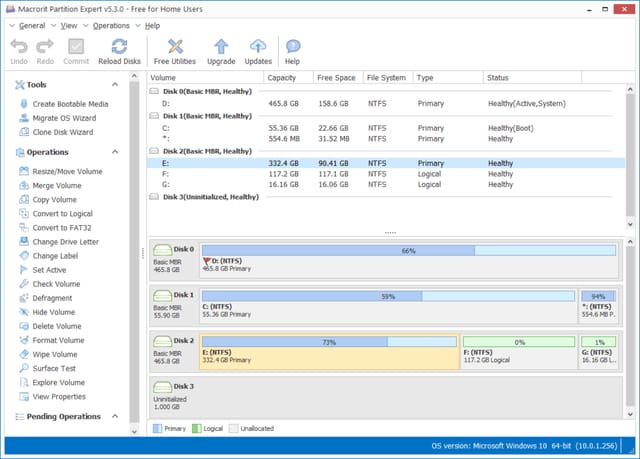

When you resume the protection, the current system state is evaluated, and the decryption material is re-sealed. While the protection is disabled, the encryption keys aren't protected, so any hardware or settings changes won't prevent BitLocker from accessing the decryption keys. You can suspend bitlocker, so BitLocker can keep working even if you make any significant change to your system. Any changes you make to the computer, such as disabling secure boot, changing some UEFI firmware configurations, or chain loading the windows boot-loader from grub, will change said state and the TPM will refuse to release the key. The TPM will only release the decryption keys to the Operating System, if the state of the system is the same as when the encryption material was "sealed" inside the TPM. BitLocker will require secure boot in order to auto-unlock Basically, it uses your computer TPM to store the decryption keys of you C volume, which in turn contains the keys for the rest of the volumes, if presents. If you want to keep using BitLocker, you need a little understanding on how it works. Your drives will begin decrypting, witch will take a while. Search for your drive, and click on Turn off BitLocker. If you want to do so, go to control panel > system and security > BitLocker drive encryption. You can avoid all the hassle by disabling BitLocker and decrypting your volumes. It is possible to keep using BitLocker, have the drives auto-unlock, and access its contents from Gentoo, but additional steps should be taken. If you are using BitLocker to encrypt your windows volumes, you need to decide if you want to keep using it. You can skip this if there's already room for Gentoo partitions.īitLocker users: make a backup of your BitLocker recovery key NOW
DISK MANAGER WINDOWS 8 WINDOWS 8
To disable Fast Startup, see here for Windows 8 and here for Windows 10. Even if you do not intend to share filesystems, the EFI System Partition is likely to be damaged on an EFI system.

Without it, Windows' filesystems are not unmounted even when you're using Linux, so editing Windows files can result in data loss. It is strongly recommended to disable "Fast Startup", aka "hybrid shutdown" or "hybrid boot" in Windows. If the drive is empty, try installing Windows before installing Linux. On the other hand, ARM devices with windows 8 or later preinstalled are forbidden from allowing the user to disable secure boot. That means that any AMD64 computer with windows 8 or later preinstalled, has to be capable of disabling secure boot, and mange the secure boot keys from the UEFI System settings. Microsoft dictates the requirements that any computer bearing the windows logo has to follow.
DISK MANAGER WINDOWS 8 HOW TO
You need to know how to enable and disable Secure Boot for your UEFI system settings (also called BIOS) We assume you have a computer with Windows 7 or later installed on a GPT-partitioned drive and booting in UEFI mode.
DISK MANAGER WINDOWS 8 INSTALL
2 Optional: Download and install rEFInd in Windows.


 0 kommentar(er)
0 kommentar(er)
